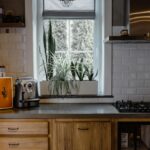Table of Contents
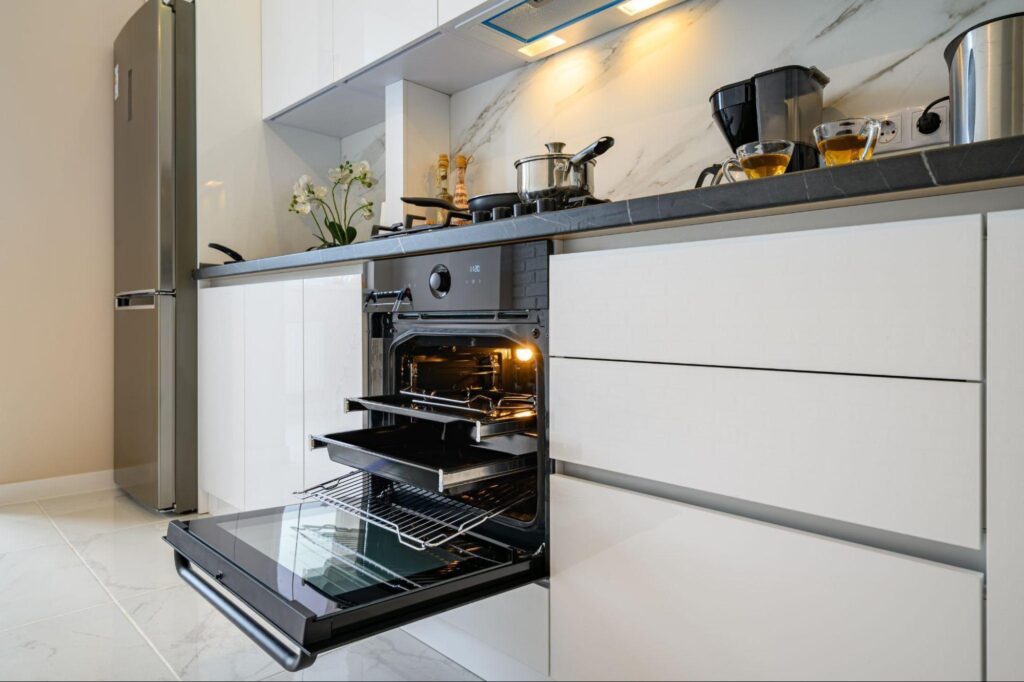
While white kitchens dominated the design landscape for nearly a decade, a dramatic shift is underway that’s transforming the heart of the home. The emerging trend isn’t just another finish or color—it’s a fundamental rethinking of how kitchens function and feel. Welcome to the era of the “invisibility kitchen,” where high-end appliances and functional elements disappear behind seamless integration, creating spaces that look less like kitchens and more like an extension of living areas. Lets talk about the new trend in kitchens everyone’s talking about.
The Art of Disappearing Appliances
The most distinctive feature of this trend is the concealment of appliances behind panels that match surrounding cabinetry. This integration goes far beyond the panel-ready refrigerators that have been available for years, extending to virtually every functional element in the kitchen.
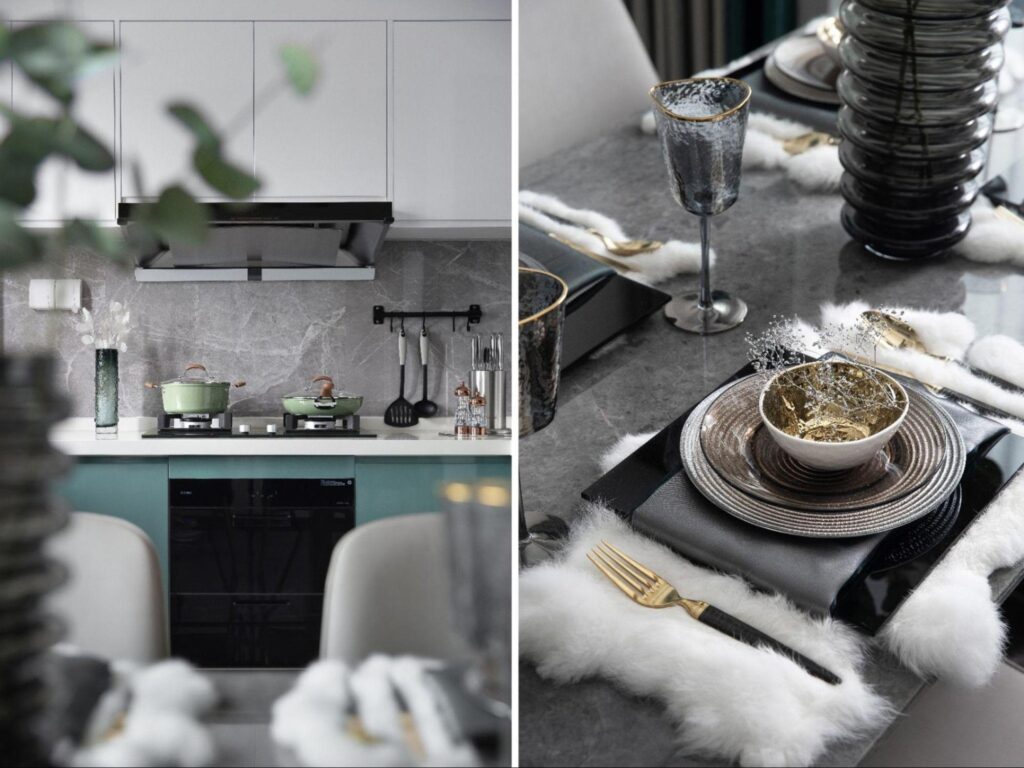
“We’re creating kitchens where you’d have to look twice to find the refrigerator or dishwasher,” explains kitchen designer Morgan Chen. “Clients want the function without the visual interruption of obvious appliances.”
This concealment extends to smaller appliances as well. Appliance garages—once obvious cubbies with roll-top doors—have evolved into sophisticated hidden zones. The new versions feature pocket doors that disappear completely when open, revealing coffee stations, mixers, and food processors that remain ready for use without cluttering countertops.
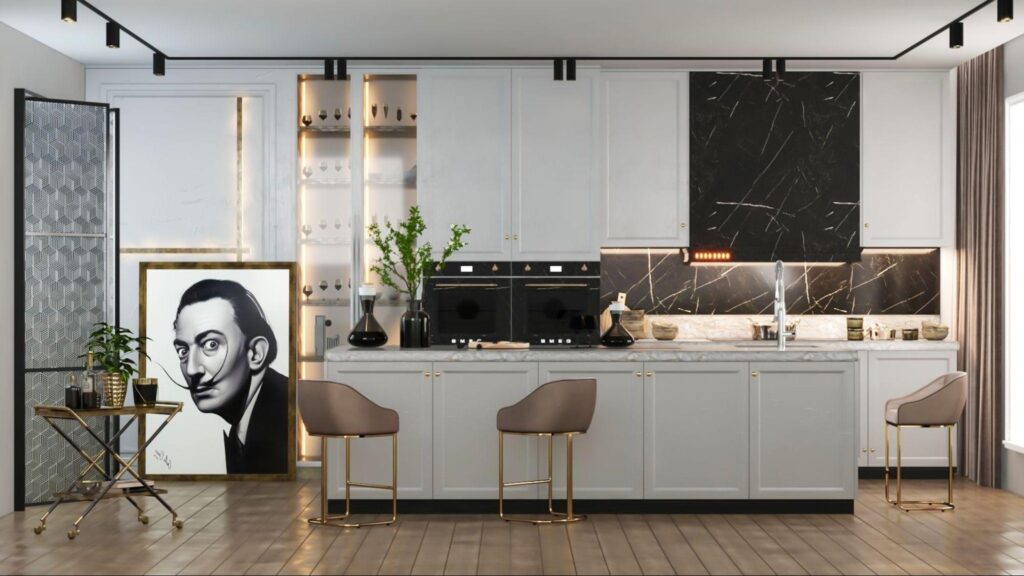
The psychological impact of this disappearing act shouldn’t be underestimated. Visible appliances subconsciously signal “work” to our brains, while their absence creates environments that feel more relaxed and less utilitarian. This subtle shift transforms how people feel in the space, encouraging longer lingering and more social interaction that isn’t overshadowed by the visual reminder of kitchen chores and responsibilities. Interior psychologists note that these integrated spaces create a significantly different emotional response than traditional kitchens, even when the functional elements remain identical.
The Technical Innovations Making It Possible
This visual integration relies on recent technical advancements that weren’t available just a few years ago. Push-to-open mechanisms have become sophisticated enough to operate heavy appliance doors smoothly, eliminating the need for visible handles that would break the seamless appearance.
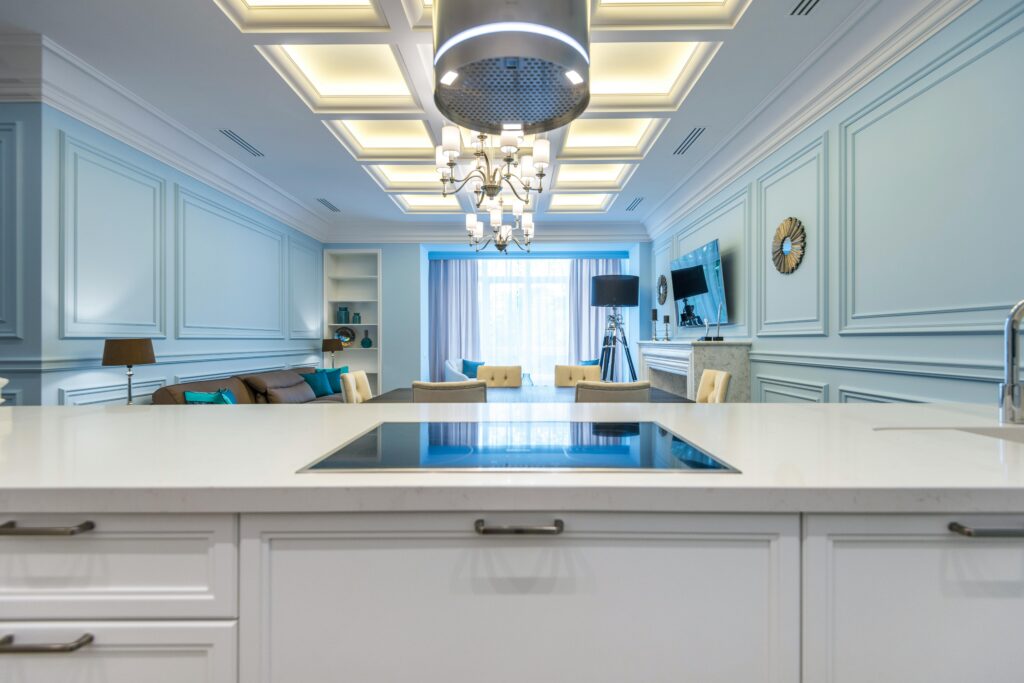
Induction cooktops with minimal visible elements allow cooking surfaces to nearly disappear into countertops. Some high-end models can even be installed beneath porcelain or quartz surfaces, heating through these materials while remaining completely hidden when not in use.
Ventilation—traditionally one of the most visually obvious kitchen elements—has undergone revolutionary changes. New downdraft systems emerge only when needed, while ceiling-integrated systems extract cooking odors without the visual interruption of traditional hoods.
Materials That Blur Boundaries
The invisibility trend extends beyond appliance integration to the materials and finishes that define kitchen surfaces. The goal is continuity that helps the kitchen blend visually with adjacent living spaces.
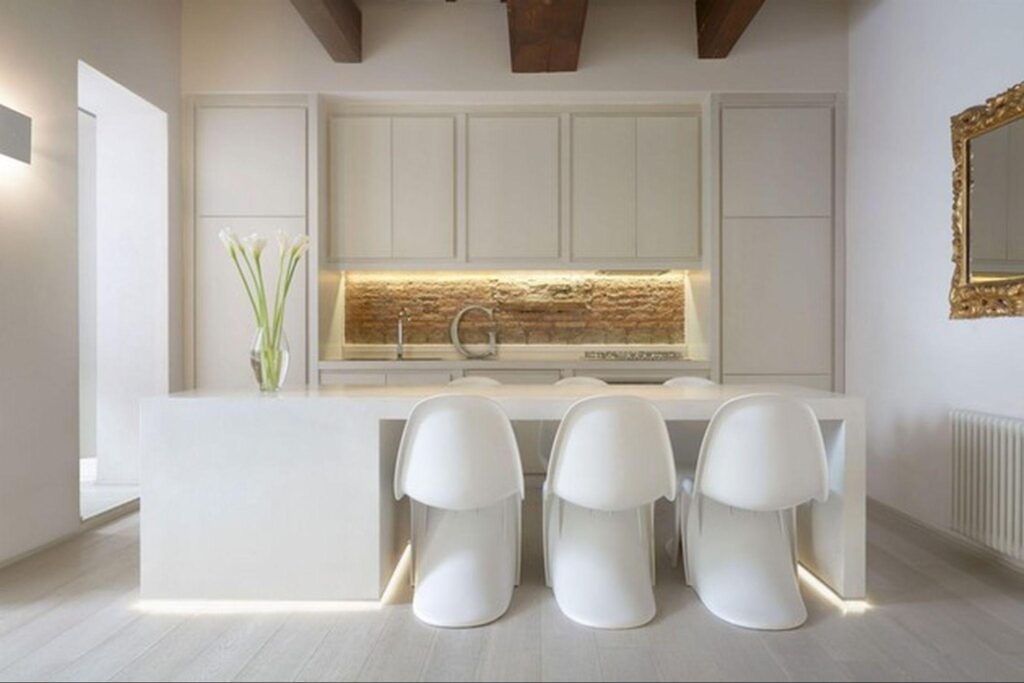
Cabinetry increasingly resembles furniture rather than utilitarian storage. Upper cabinets with visible hardware are being replaced by handleless systems or open shelving that feels more residential than functional. Lower cabinets often feature subtle push-latch systems or minimal integrated pulls that disappear into the overall design.
Countertops and backsplashes now frequently utilize the same material, creating uninterrupted visual planes. Large-format porcelain slabs allow these surfaces to continue with minimal seaming, further enhancing the seamless appearance. These materials often extend into living areas as fireplace surrounds or shelving, blurring the boundaries between rooms.
The Social Forces Driving the Change
This design shift reflects changing attitudes about how we use our homes. As open floor plans have become standard, kitchens are more visible than ever, creating tension between functional necessities and aesthetic preferences for the overall living space.
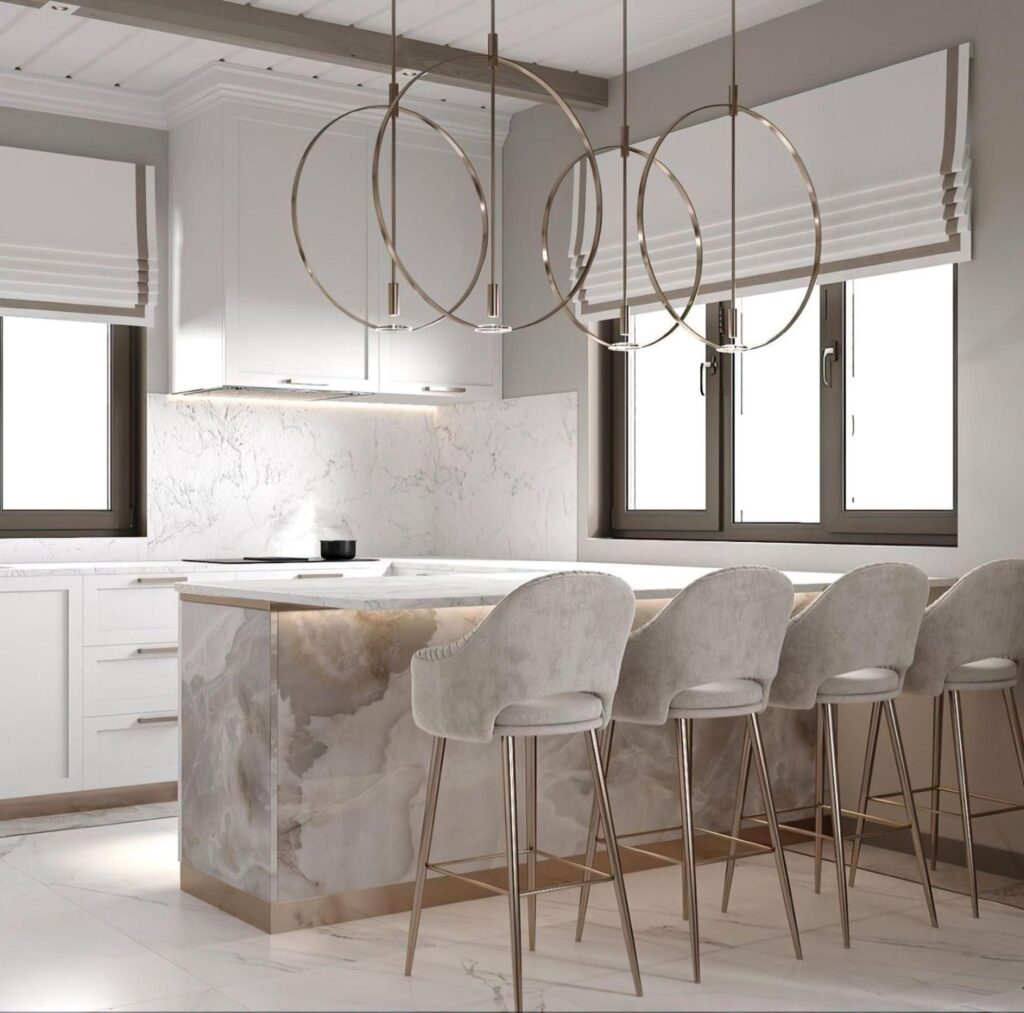
“Our clients increasingly entertain in a way where cooking happens while guests are present,” notes interior designer Alicia Rodriguez. “They want kitchens that function at a high level without looking like utilitarian cooking spaces when they’re hosting.”
The rise of food delivery and meal services has also influenced this trend. With fewer families cooking elaborate meals every night, kitchens can prioritize aesthetic integration over the in-your-face functionality that characterized utilitarian cooking spaces.
The Cost Reality Behind the Trend
This sophisticated integration comes with significant cost implications. Panel-ready appliances typically command 20-30% price premiums over their standard counterparts, while specialized hardware and mechanisms add further expense.
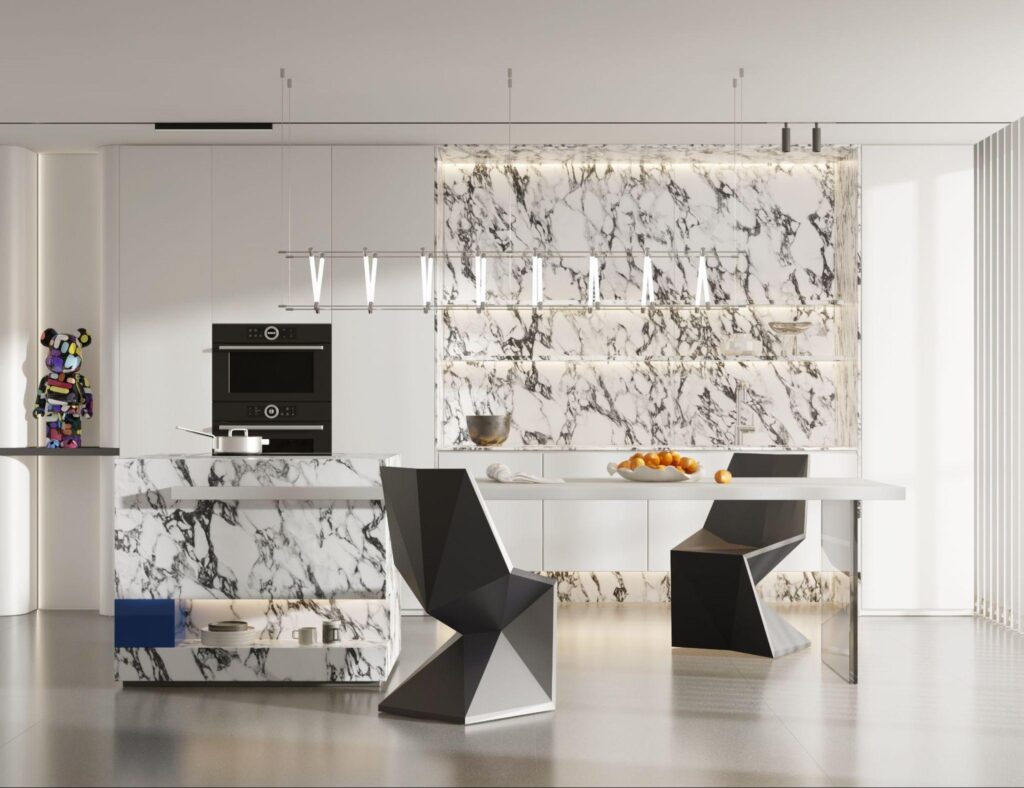
The construction precision required for seamless integration demands skilled craftspeople and careful coordination between cabinetmakers, countertop fabricators, and appliance installers. Any misalignment becomes glaringly obvious in these minimal designs, leaving little room for error.
Despite these costs, demand continues growing across various price points. While full implementation remains concentrated in luxury homes, elements of the trend have begun appearing at more moderate price points through creative adaptations like partial integration or focusing on key visual elements.
Practical Considerations for Real Life
Critics question whether these kitchens sacrifice function for aesthetic purity. Designers implementing this trend successfully emphasize that thoughtful planning actually enhances functionality despite the minimal appearance.
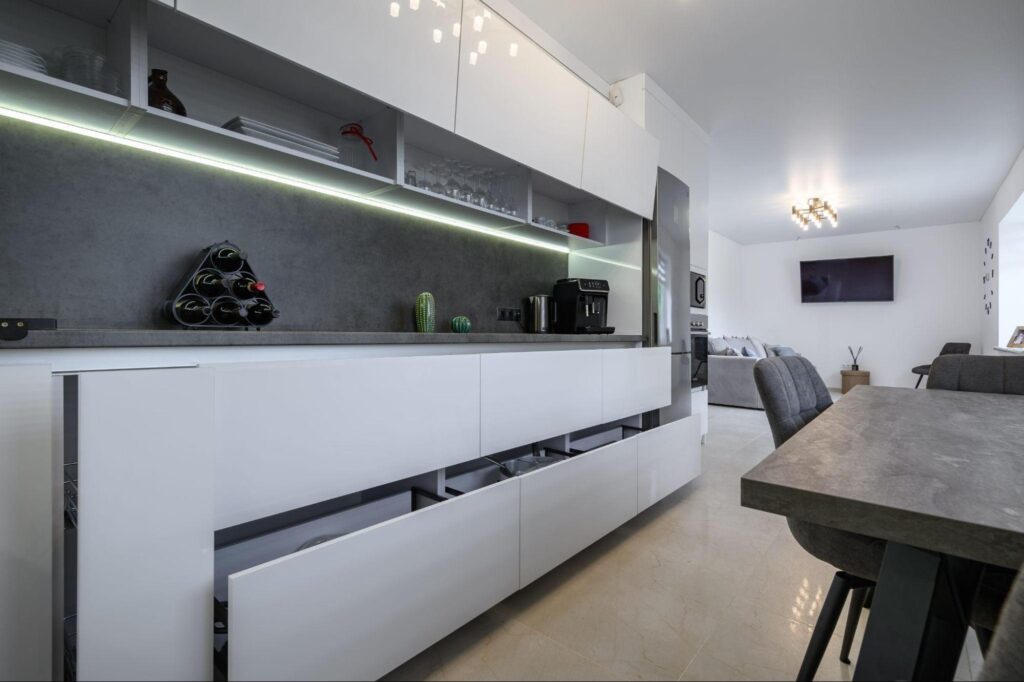
Storage planning becomes critical when visual clutter is eliminated. Interior cabinet organizers, drawer dividers, and specialized storage solutions ensure everything has an appropriate place out of sight. These organizational systems often represent a significant portion of the kitchen budget but prove essential for maintaining the clean aesthetic.
Maintenance considerations have led to innovations in materials and finishes. Fingerprint-resistant coatings on handleless surfaces, durable edge treatments for integrated pulls, and easily-cleaned surfaces ensure these kitchens remain as pristine in practice as they appear in design magazines.
Adapting the Trend to Your Home
For those intrigued by the invisibility trend but unable to undertake complete kitchen renovations, designers suggest targeted approaches that capture the essence without total implementation:
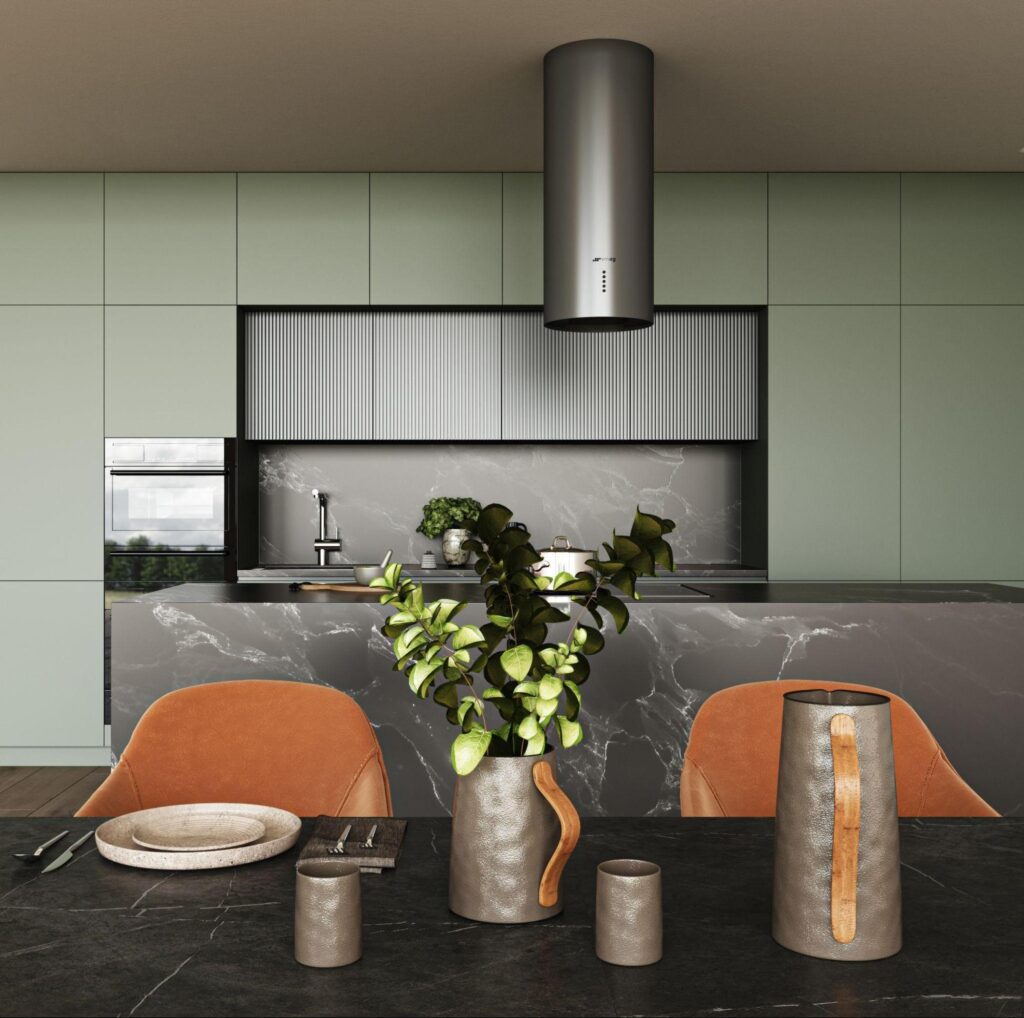
Replacing a traditional hood with a more minimal or concealed ventilation system makes a dramatic difference in visual openness. This single change often transforms the kitchen’s entire feeling without requiring cabinet replacement.
Reducing visual hardware through integrated pulls or push-latch systems provides another approachable entry point. This modification can often be implemented on existing cabinetry for reasonable cost.
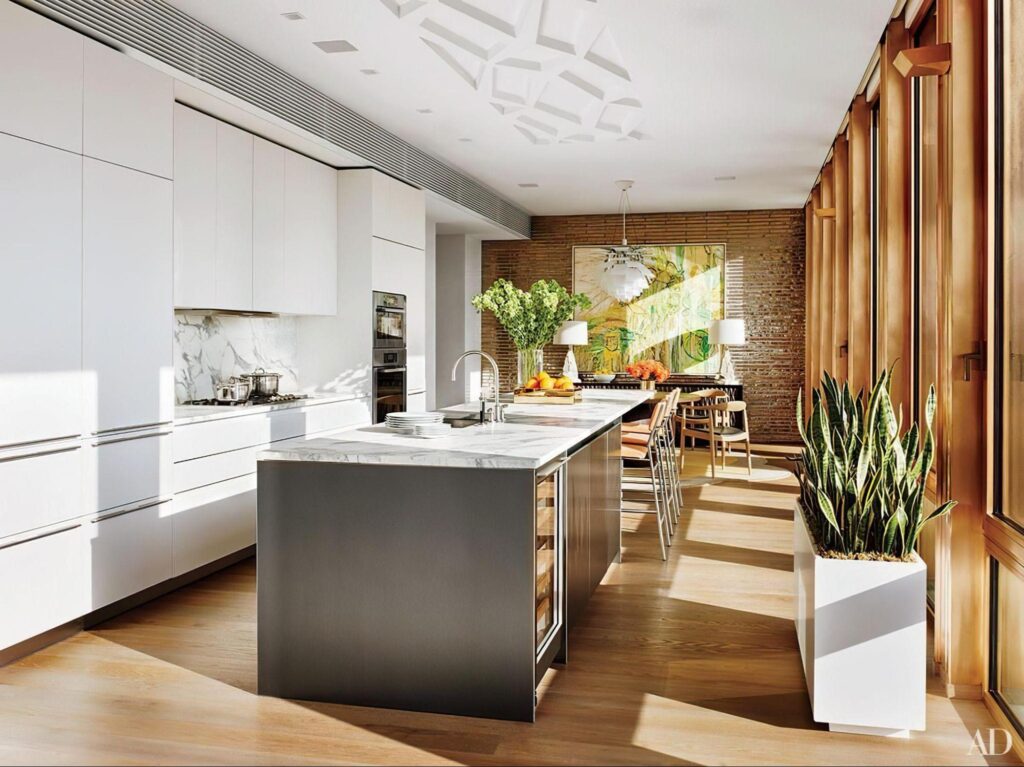
Creating a single integrated appliance moment—perhaps concealing the refrigerator or dishwasher behind paneling—gives a taste of the seamless aesthetic without committing to entire kitchen reconstruction.
As this trend continues evolving, it represents more than just another design cycle—it reflects fundamental shifts in how we view the relationship between functional spaces and living environments. The invisible kitchen blurs boundaries not just between rooms but between utility and beauty, creating environments that support both practical needs and aesthetic desires without compromise.

Hi, I’m Christian, a 43-year-old father of two and a lifelong DIY enthusiast. My workshop is where I spend countless hours experimenting, upgrading, and fine-tuning. Sharing my experiences and practical advice is my way of helping others create homes they love.


